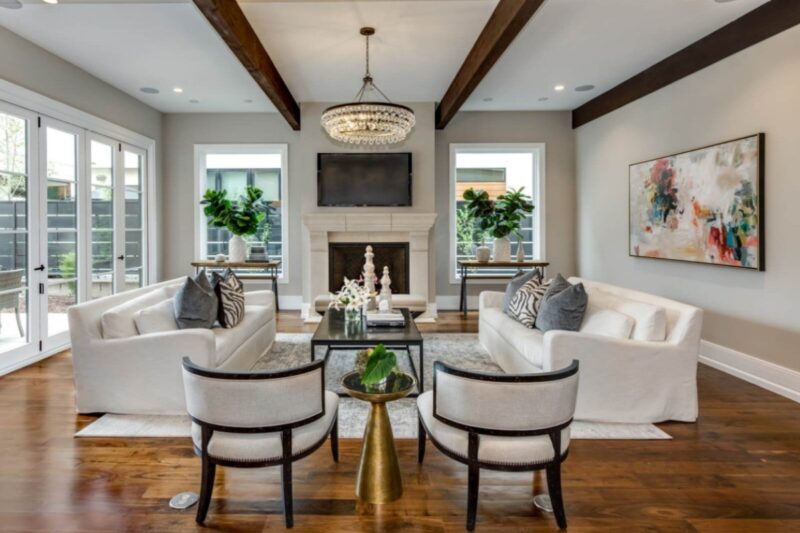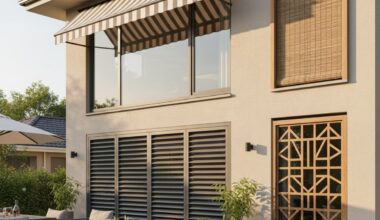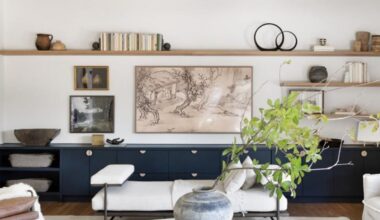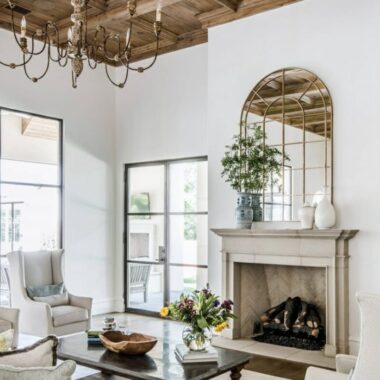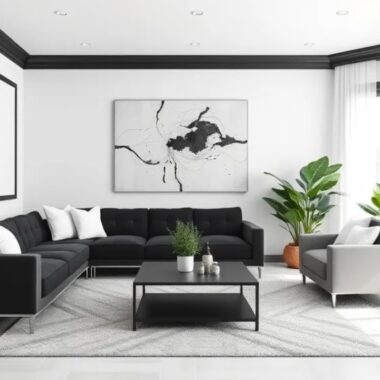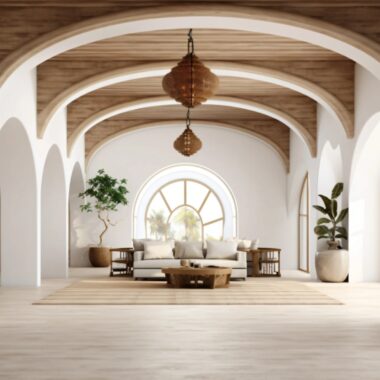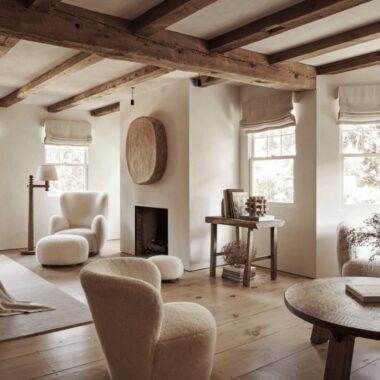Designing a home is not only about picking furniture. It is about making a space that shows your taste and lifestyle. There are many styles to explore, and each has a special look. From simple modern rooms to warm farmhouse spaces, every design tells a story.
This easy guide will help you learn the main types of interior design styles and choose the one that fits your home best.
What Makes Each Style Unique?
Every interior design style has specific characteristics. These include colors, materials, and furniture shapes. Some styles focus on simplicity. Others celebrate decoration and detail.
The style you choose says something about you; it shows your personality and what you value. Some people prefer clean lines and open spaces. Others love homes with a warm, lived-in feel. There’s no right or wrong choice. It’s all about what makes you happy and satisfied.
12 Types of Interior Design Styles
1. Gothic
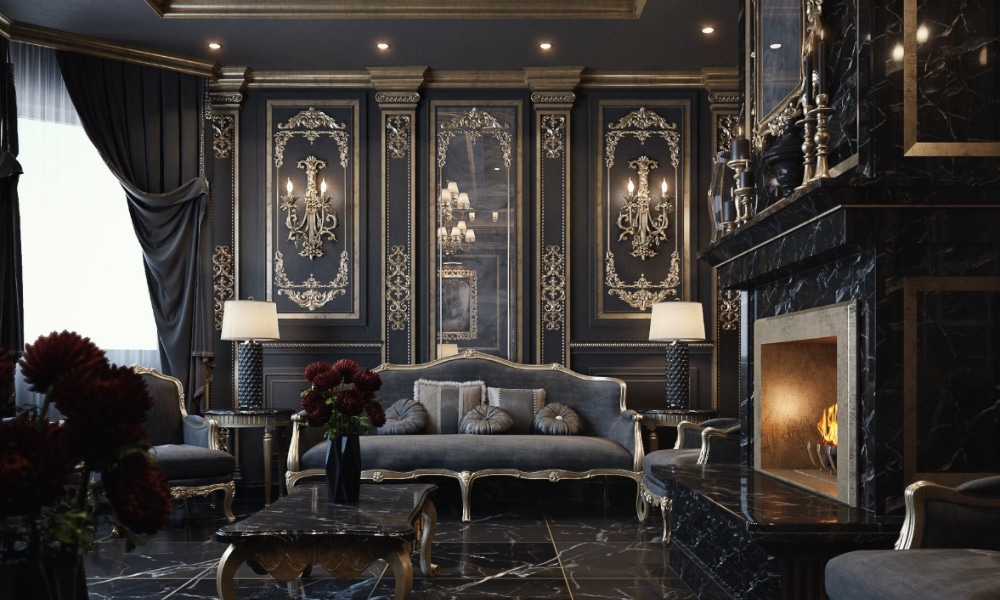
Gothic interior design is dramatic, mysterious and full of history. Dark hues, such as deep crimson, black, and purple, are used. It boasts a magnificent appearance, thanks to its high arches, stained glass, and carved wood.
Large, intricately designed furniture is covered in thick materials like velvet. Metal objects and candles create a cozy, vintage atmosphere. Large spaces with high ceilings and striking design are ideal for this romantic and powerful style.
2. Modern French
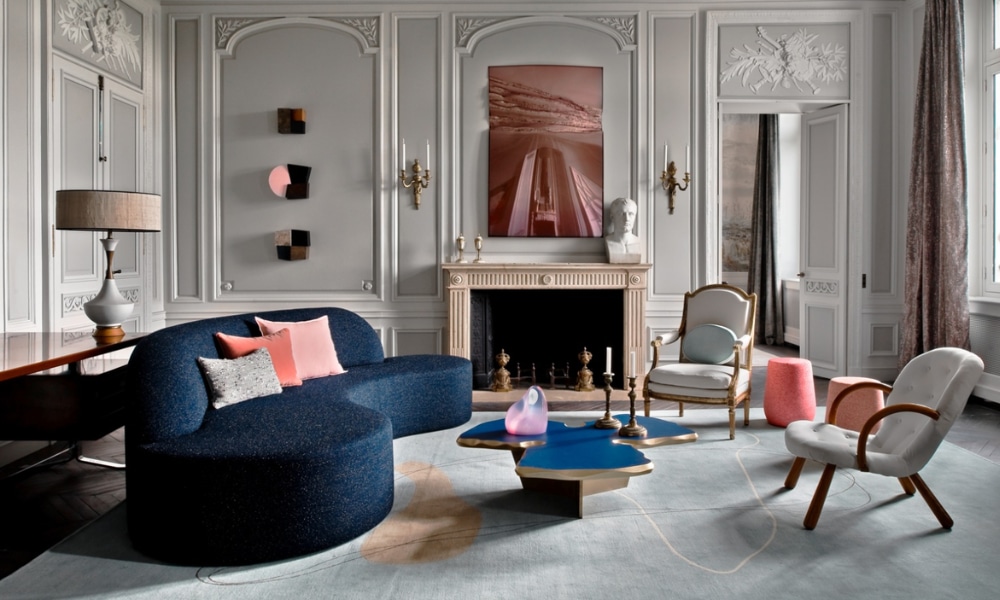
Modern French interior design is simple, stylish and calm. It combines a contemporary vibe with traditional French charm. Soft hues with hints of black or gold are present. Furniture features soft curves and clean lines.
It’s warm thanks to materials like velvet and linen. Soft lighting is provided by wall lamps or tiny chandeliers. Any home that values coziness and charm would benefit greatly from this warm and sophisticated decor.
3. Minimalist
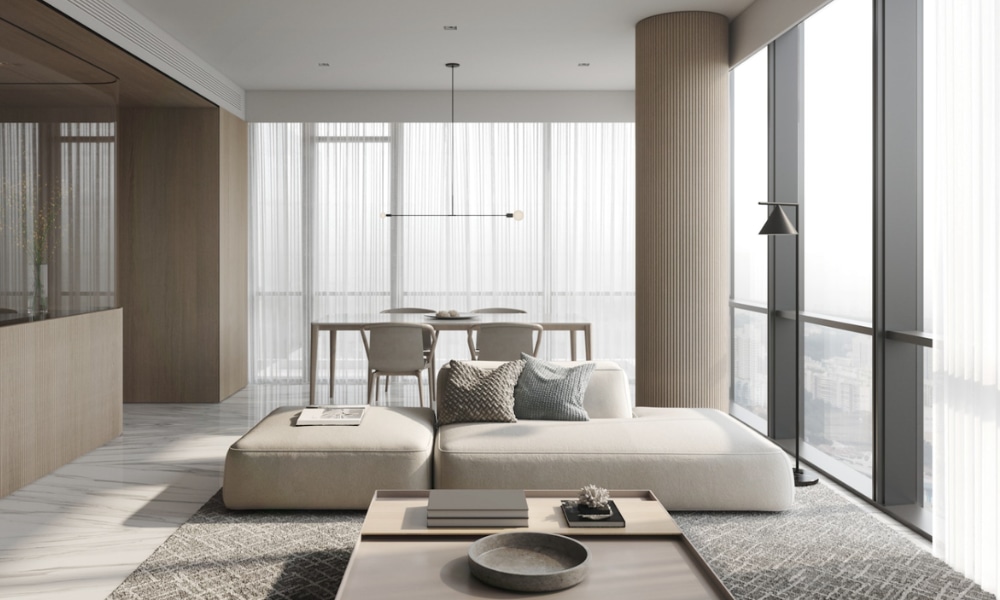
Minimalist rooms show less and do more. They remove clutter and keep only what matters. Colors stay neutral and textures are subtle. Furniture is simple and useful. Spaces feel calm and open. Lighting is soft and careful. Storage hides items from view.
Art is spare and chosen with care. A minimalist room helps you relax and focus on living, not on objects. Begin with quality basics and add light plants.
4. Art Deco
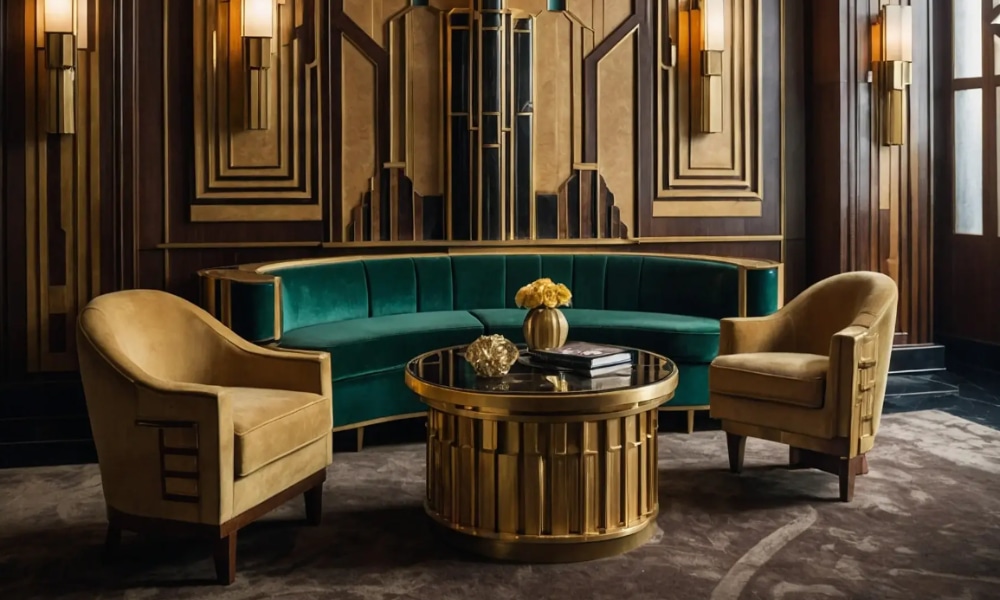
1920s art deco interior design is bold, glamorous and full of luxury. It uses shiny metals, bold shapes and rich materials like marble and velvet. Colors are deep with gold and black touches. Furniture has smooth curved lines and mirrors add shine.
Lights are bright and fancy with crystal or chrome. This style loves drama and balance. It looks great in living rooms and entrances that want a timeless and glamorous feel.
5. Industrial
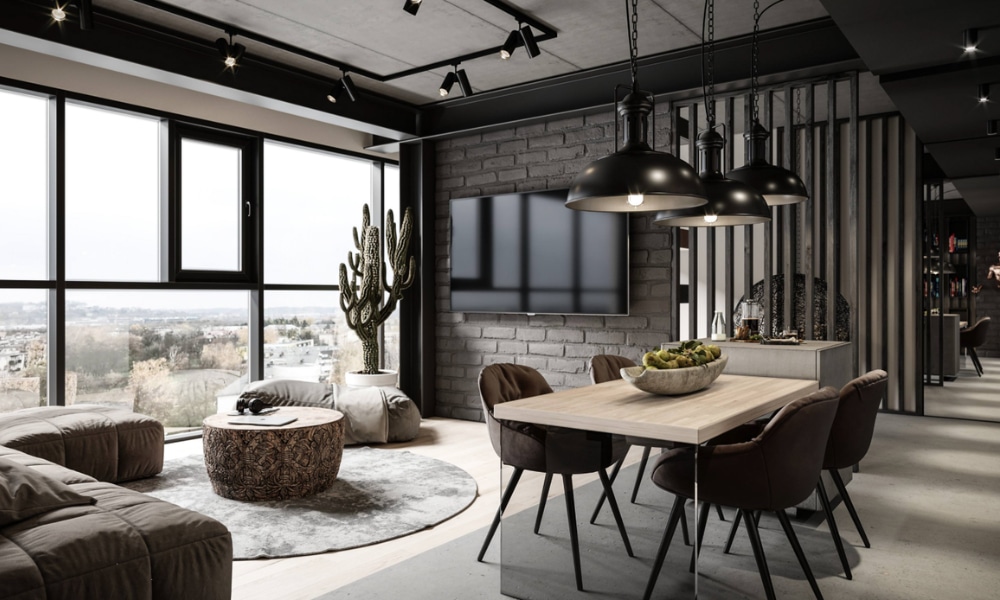
Industrial rooms show raw materials. Exposed brick, concrete and metal become features. Furniture is sturdy and often simple. Pipes, beams and large windows stay visible. Colors lean to gray black and warm wood tones. Add lighting that looks like factory lamps.
Textures are rough, not fussy. This style fits open lofts and tall ceilings. Keep displays simple and use functional objects as decor. Add soft rugs and a few plants.
6. Bohemian
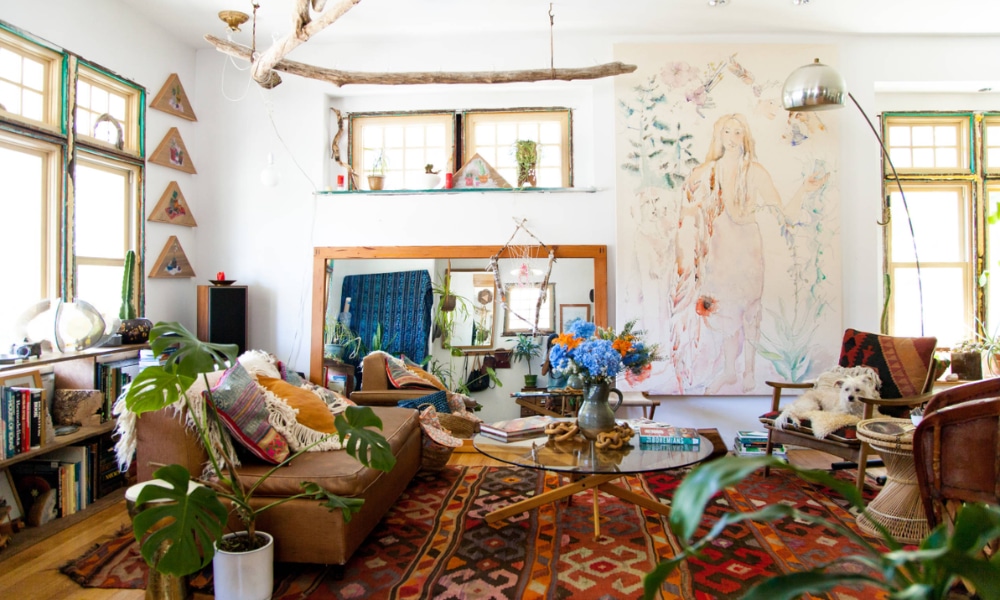
The Bohemian style is free spirited and colorful. It mixes patterns textures and worldly finds. Rugs, tapestries and layered textiles are common. Furniture tends to be low and comfy. Plants fill corners and add life.
Use art from travels and handcrafted pieces. Colors are warm, deep and rich. This look feels cozy, messy and personal. It welcomes mismatched items and stories in every room. Embrace layers for a lived-in vibe.
7. Spanish
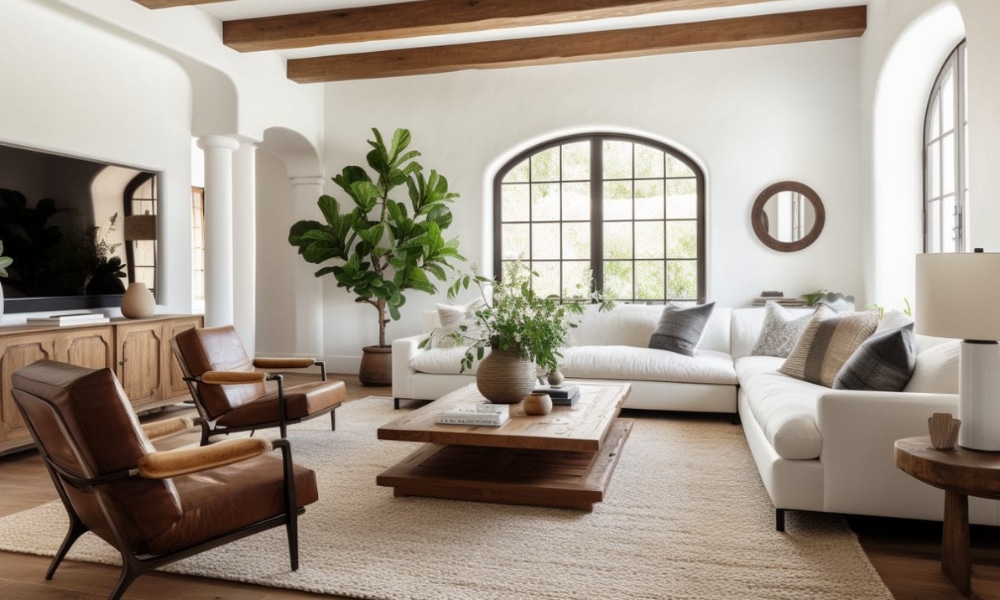
Modern Spanish interior design is warm, simple and full of charm. It uses white walls, dark wood beams and colorful tiles. Arches and iron details add beauty. Floors are terracotta or stone. Furniture is rustic and soft with carved wood and natural fabrics.
Big windows bring in sunlight. This style feels bright, relaxed and welcoming. It mixes old charm with modern comfort making every room cozy and full of character.
8. Mid Century Modern
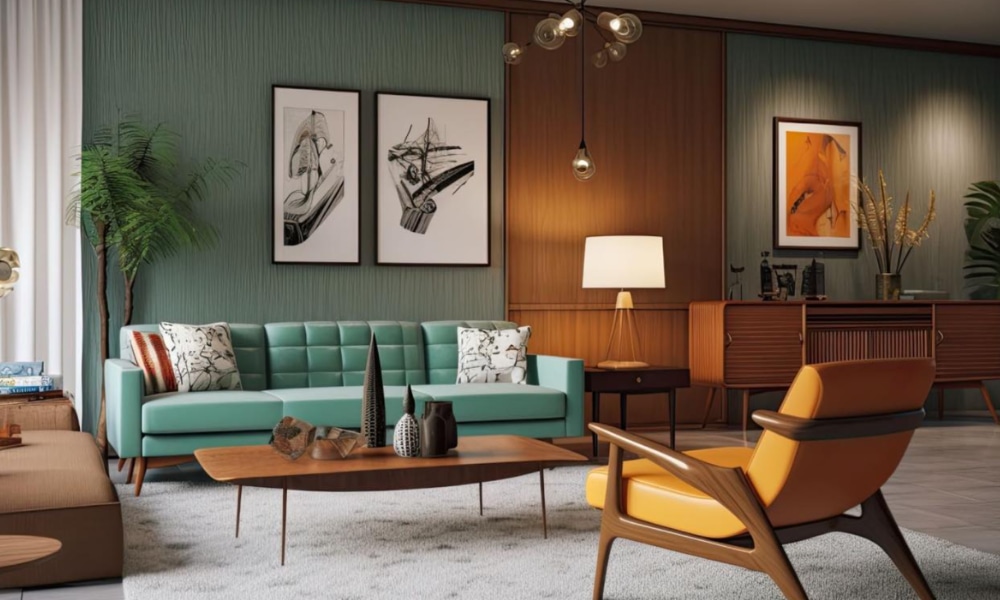
Mid-century modern brings simple, elegant forms from the 1950s and 60s. It uses clean lines, organic curves and tapered legs. Wood and warm tones are common. Chairs and sofas have crisp silhouettes. Lighting is sculptural and bold.
Art shows simple shapes and color. Combine timeless furniture with modern accents. The look feels retro yet fresh and works well in small or large rooms. Choose classic pieces that age gracefully.
9. Transitional
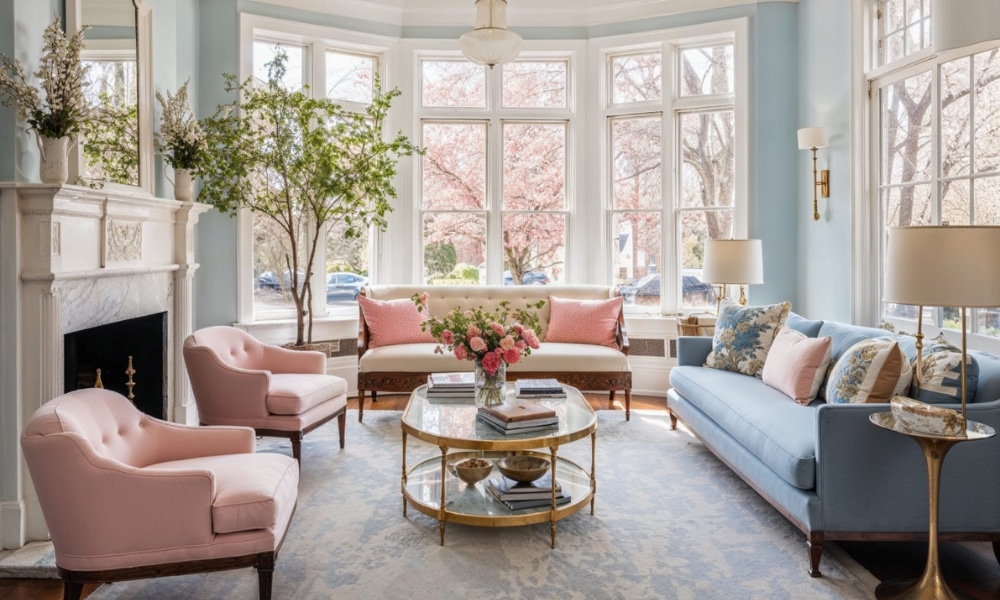
Transitional design beautifully connects classic elegance with modern country design elements. It combines neutral tones, layered textures, and graceful furniture pieces. Spaces feature a mix of traditional shapes and clean modern lines.
Soft fabrics and natural materials create comfort and warmth. The result is a timeless inviting home that feels balanced, relaxed and effortlessly sophisticated.
10. Farmhouse
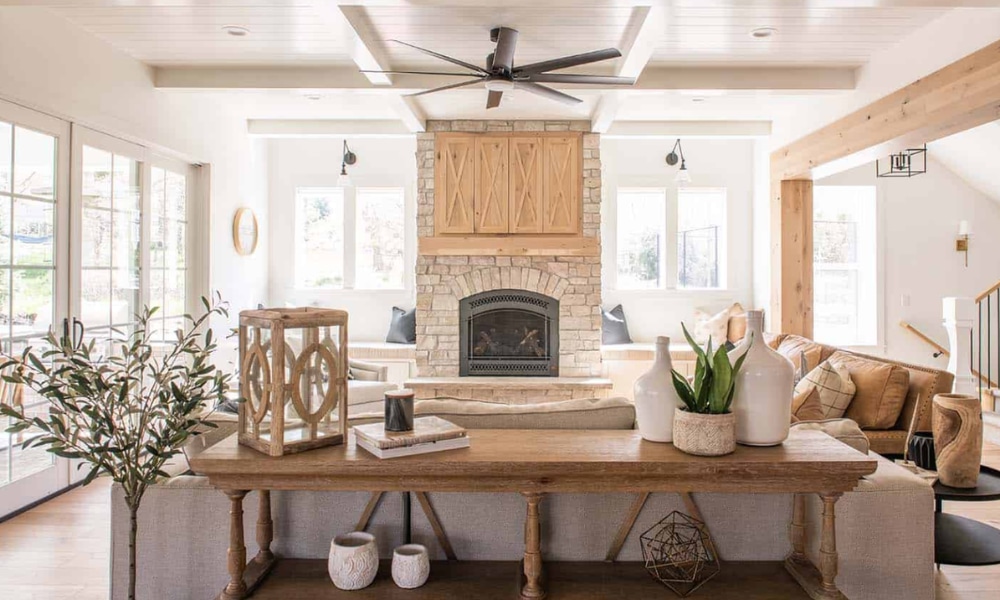
Farmhouse style feels warm, simple and lived in. It uses natural wood, white walls and rustic furniture. Open shelving and painted cabinets are common in kitchens. Fabrics are durable, like linen and cotton.
Decor shows vintage finds and handmade crafts. Colors stay soft with natural tones and muted shades. This style invites comfort and family life. Add wooden tables and cozy seating for a welcoming home. Add fresh flowers daily.
11. Tuscan
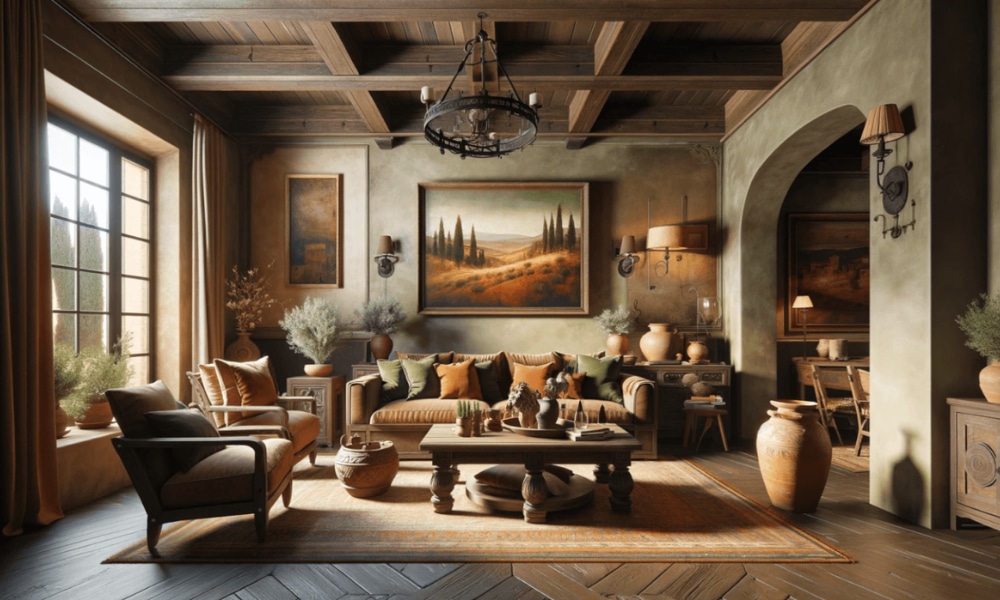
Tuscan interior design is warm, simple and full of comfort. It takes ideas from Italian countryside homes. Colors are earthy, like terracotta cream and olive green. Wood, stone and iron add a natural look. Furniture is strong and handmade.
Rough textures make it feel real and cozy. Add plants, pottery and soft lights for a calm mood. This style is perfect for relaxed family living with simple beauty and charm.
12. Japandi
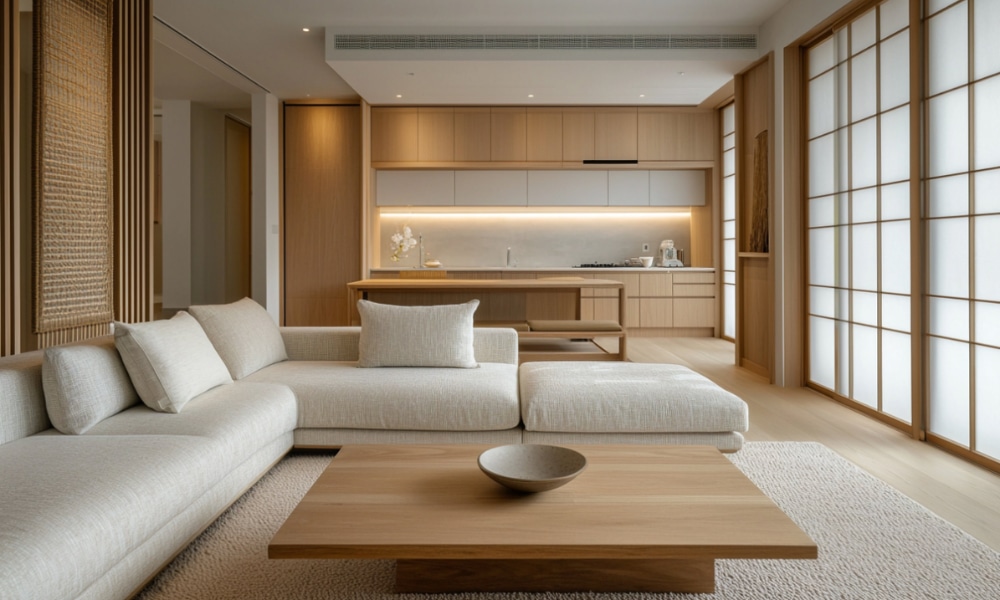
Japandi blends Japanese calm and Scandinavian warmth. It values natural materials, clean lines and quiet beauty. Spaces use wood, stone and simple textiles. The palette is neutral with soft contrasts. Furniture is low and crafted with care.
Rooms feel balanced, calm and functional. Add one or two statement objects for focus. This style aims for simple comfort and long-lasting quality in every room. Choose handmade pieces and fine joinery.
FAQs
What is the difference between modern and contemporary?
Modern refers to midcentury design with simple forms and natural materials. Contemporary means current trends and can change. That is the main practical difference to know today.
How do I choose a style for my home?
Look at photos and note what you like. Consider your space, light and needs. Pick a style that fits life and budget, then adapt slowly and time.
Q. How do I start decorating on a budget?
Choose a strong foundation, like paint and light. Buy a few key pieces secondhand. Use textiles and plants for new energy without big cost and simple repairs.
Q. What colors work for small rooms
Light tones like soft white, warm beige and pale gray make spaces feel larger. Use one darker accent for depth and add bright light for openness daily.
Q. How do I use patterns without clutter?
Limit patterns to one or two types only. Match colors across pieces and use solid items to rest the eye. Scale patterns from small to large, carefully.
Conclusion
Now you have clear, simple notes on types of interior design styles. Use images and a mood board to choose. Start with a small test in one room and grow your design step by step. If you want, you can hire an interior designer to help you pick a style for your space. For more information about indoor design styles, visit Interiors Land.
